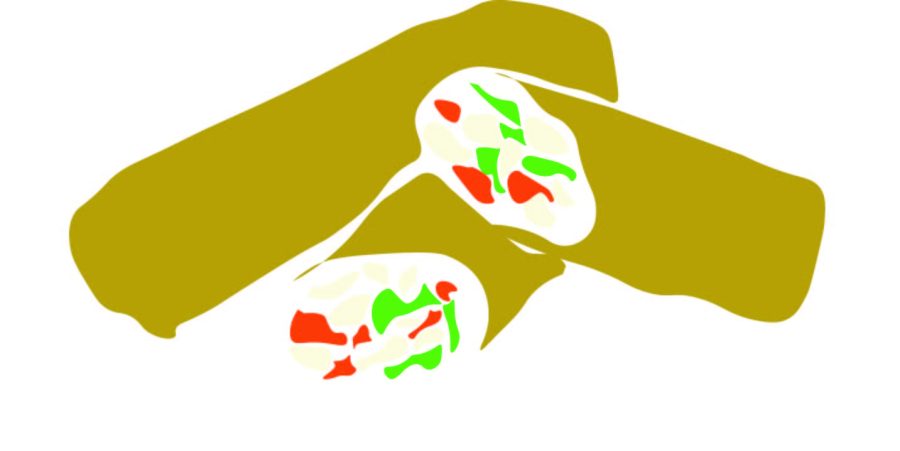Leave the California roll, take the egg roll
I had just settled into my seat in the corner of a busy Japanese restaurant when I came to a realization.
“Wait a minute,” I mumbled to myself, listening closely to the bustle of the kitchen and taking in the shape of a waitress’s nose. Both of my non-Asian friends turned to face me as I began to smile. “They’re Chinese.”
Amused, I shrugged but ultimately didn’t think much of the mostly Chinese staff in the busy Japanese restaurant. One of my friends put a hand over my menu to bring it back down onto the table. I made eye contact with our waiter across the restaurant from over her shoulder. He looked to be South East Asian, like me. With a single, wordless look, I told him we’d need some time. He nodded and turned to help another table.
“Really?” My friend asked, hand still on my menu as she took a quick glance around. Neither she nor my other guest would have noticed if I didn’t point it out. “Should we leave?”
“I think that’s wrong,” the second friend commented with crossed arms, “If they’re Chinese, they shouldn’t pretend and make Japanese food. I don’t get it.”
Uncomfortable, I thought about what he said even after the meal. Then that night, I found myself going down a lengthy rabbithole of historical and cuisine articles alike. The simple truth I learned is that Americans simply pay higher for Japanese meals. According to data collected by Zagat as of 2015, the average cost consumers paid for a Japanese meal was $68.94 while the average for a Chinese meal was $35.76.
American Chinese food has been subject to stigmas since Chinese immigration to America began in the 1800s. We often see Chinese food in the media as greasy, unhealthy packages of flimsy cardboard that are often ordered when the movie’s leading lady is at her lowest. Americans tend to push past this cuisine in favor of something “authentic,” feeding into the vexing and stereotypical notion of food exoticism. The rich history of Chinese-American resilience that forged Chinese food is written off, continuing a history of unrecognized immigrant labor. With America’s attitude toward Chinese food, it is no wonder why so many Chinese people find more luck in selling Japanese cuisine.
While Japan is often viewed by the west as more prestigious, Japanese-Americans face a different set of challenges in the form of fetishization and commodification. The west has long had a fascination with anything resembling Japanese culture from old samurai movies to anime in the present day and the western audience has taken to favoring a morphed, bastardized presentation of Japanese culture. And having been snatched into internment camps less than a hundred years ago, Japanese Americans do their best to keep up as well.
Asian cultures do not exist to cater to the American palette. Immigrant experiences do not take away from a community. Let’s stop pretending they do.





